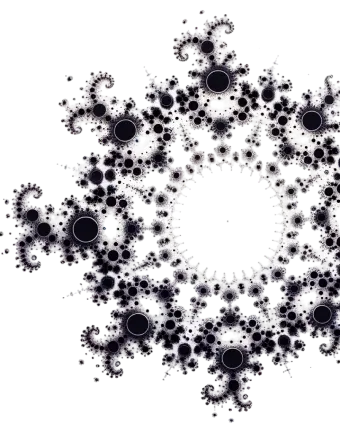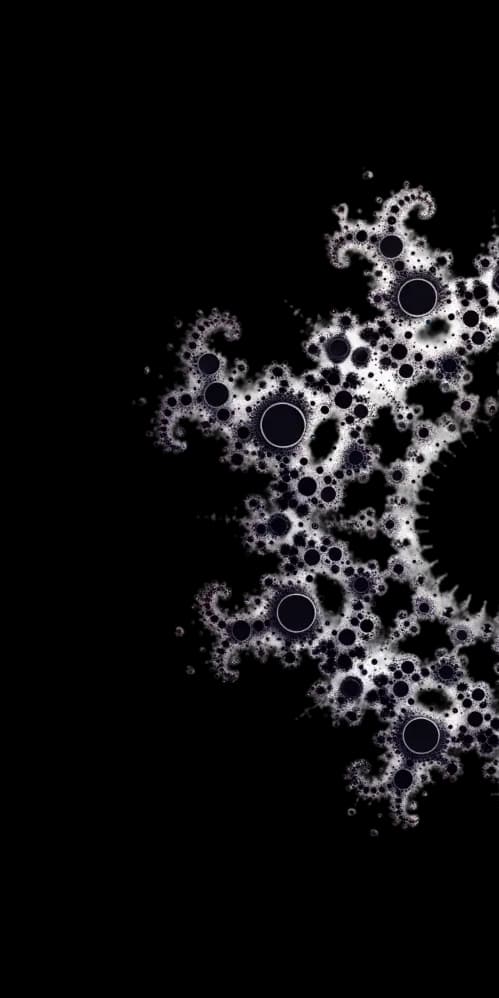
Fractopus
A Complex Organism Evolving from the Single Cells of the Internet
Protocol
Fractopus is an on-chain protocol enabling URIs to create interconnections through percentage allocations. Such interconnections are created when the owner of a URI addresses other URIs as its sources and allocates a share percentage for each of them. (For example, URIa shares 30% with URIb and 20% with URIc with the rest kept to itself.) Additionally, the protocol forms an internet-scale graph established by each URI owner interconnecting in a peer-to-peer way.
The protocol consists of the following fields:
The protocol's name.
"p": "fractopus"
URI of the webpage that the URI owner wants to include in the fractopus network.
"uri": "URI"
For example, to connect this page to the Fractopus network, format as such:
"uri":"https://www.fractopus.net/"
List of URIs that the owner addresses as the sources for the subject URI and a percentage allocation for each URI.
"src":[{"uri":"URI","shr":"Percentage"}]
For example, to address https://www.xanadu.net/ as a source and share 10% with it, and address https://www.activism.net/cypherpunk
/manifesto.html as a source and share 5% with it.format as such:
"src":[{"uri":"https://www.xanadu.net/",
"shr":"0.1"},
{"uri":"https://www.activism.net/
cypherpunk/manifesto.html","shr":"0.05"}]
The sum of all percentages should be no greater than 1 to be considered valid.
Finally, a string which contains the URI owner’s Web3 wallet address must be placed on the designated URI page for the Fractopus crawlers to capture. It indicates that the owner of the Web3 wallet address also owns the URI and facilities financial uses of the Fractopus network, such as revenue-sharing.

Data flow structure
Use Cases
Copus applies fractopus for revenue-sharing in a creative content network. Creative works often inspire one another as content creators often wish for a larger audience. Copus enables content creators to establish revenue-sharing / exposure exchanges between creative works. In this way, the inspired works (branches) receive exposure from the inspiring works (sources) by sharing a percentage of their future revenue. Each source can deliberately curate its branches by featuring, ranking, and removing them in a front-end sense, therefore, giving more or less exposure to the branches. Branches can also optimize their strategy by connecting to different sources and adjusting the percentage allocations for each source.




